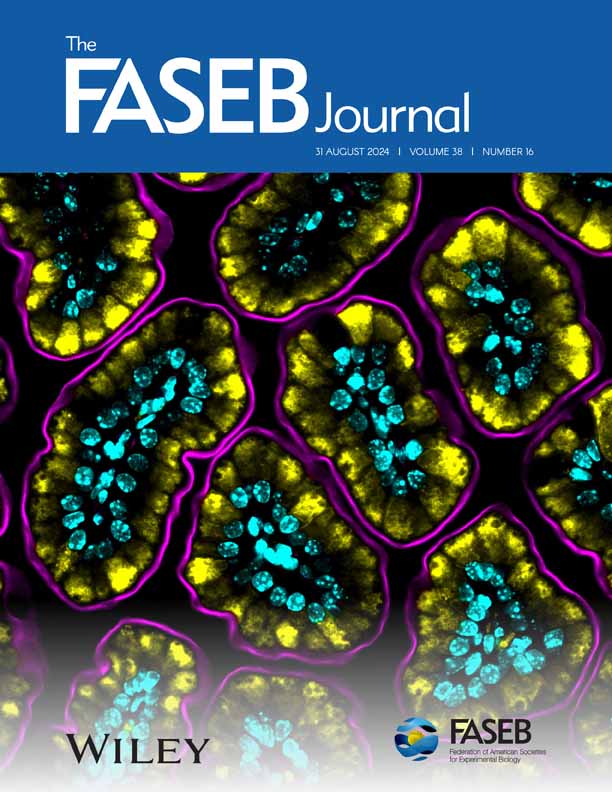MiR•101 and miR•122 Targeting δ-Catenin to Regulate Keratinocyte Responsiveness to IL-17A in Psoriasis
Abstract
Psoriasis is an immune-mediated inflammatory dermatological disorder characterized by the interaction between immune cells and keratinocytes, which perpetuates cutaneous inflammation and cellular hyperproliferation. In this study, we identified a strong δ-catenin signature in psoriatic skin; however, the precise role of δ-catenin remains to be elucidated. Additionally, we observed that Interleukin (IL)-17A, a pivotal cytokine involved in the development of psoriatic lesions, induces δ-catenin expression in HEKn and HACAT cells. From a mechanistic perspective, δ-catenin initiated NF-κB signaling, subsequently leading to the activation of IL-6 and IL-8 production. Furthermore, silencing δ-catenin expression mitigated IL-17A-induced hyperproliferation of keratinocytes through the NF-κB pathway. Our study further identified miR-101 and miR-122 as upstream regulators of δ-catenin, exerting their effects by downregulating δ-catenin protein levels. We demonstrated that miR-101 and miR-122 can inhibit the hyperproliferation of keratinocytes induced by δ-catenin. These findings validate the role of δ-catenin in the pathogenesis of psoriasis, particularly in keratinocyte-mediated inflammatory responses and cellular hyperproliferation. Consequently, miR-101 and miR-122 hold potential as therapeutic agents in the treatment of psoriasis.


 求助内容:
求助内容: 应助结果提醒方式:
应助结果提醒方式:


